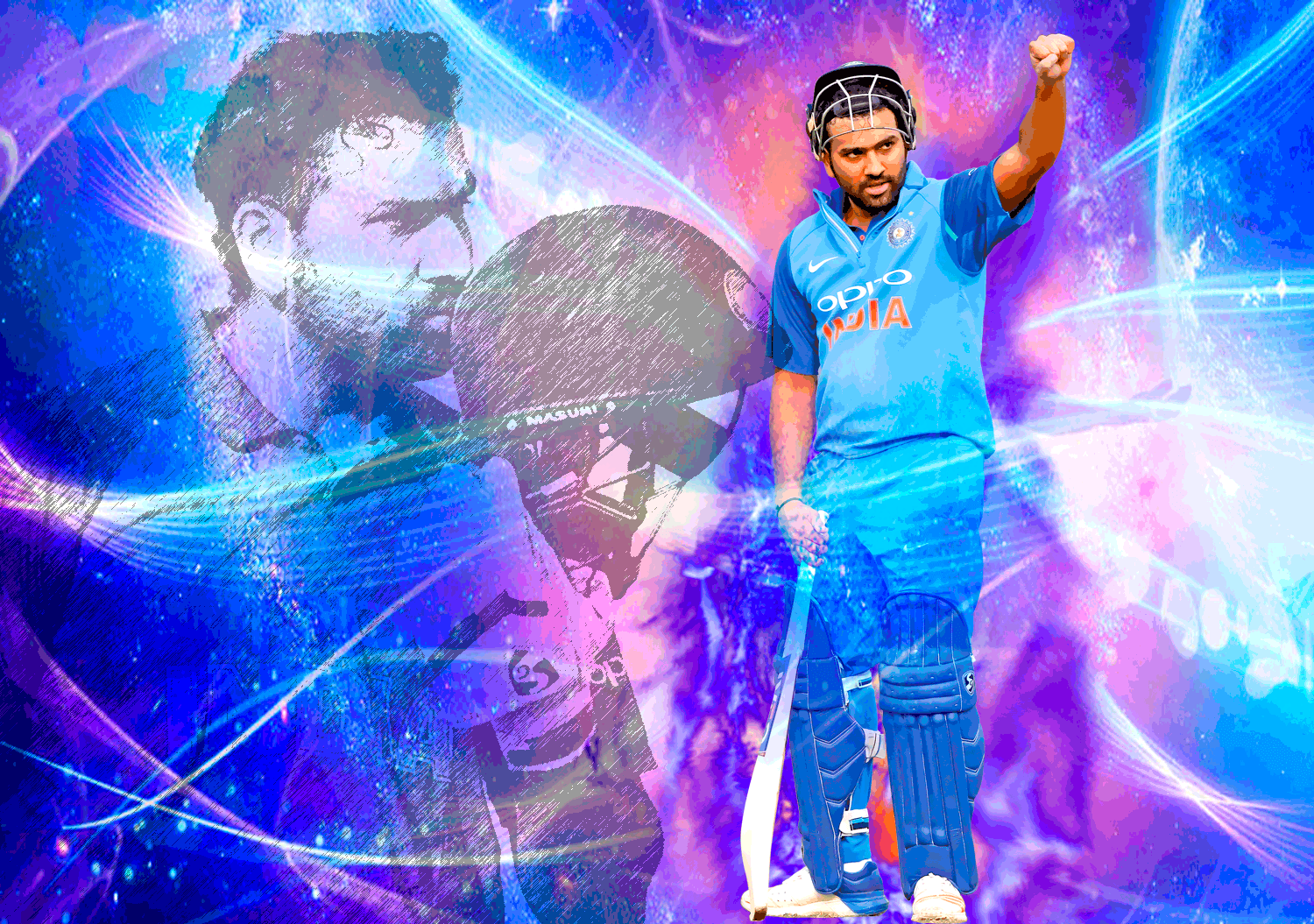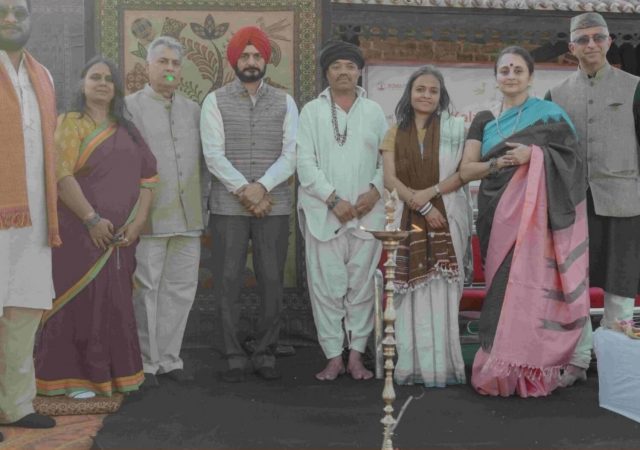Rohit Sharma seems destined to make the news. After the talented opening batsman, Prithvi Shaw was ruled out of the first Test against Australia due to an ankle injury, many began to ask who will replace him in the Indian squad. Former England captain Michael Vaughan took to Twitter and backed Sharma, who has been in and out of the Test team. Vaughan insisted that he is “far too good not to master Test cricket.” Observant laypersons, as well as expert commentators and analysts, would agree that the Mumbai batsman is capable of replicating his brilliance in the shorter versions in Test cricket as well.
Speculations made way for reality after Sharma made the cut. At the time of writing, Team India has lost four wickets in a hurry in the first innings of the first Test being played at Adelaide. Batting at No. 6, he looks calm and composed while dealing with the hostility of the Australian attack, in conditions tailor-made for the home team.
As Sharma negotiates the attack with an unhurried approach, his fluency and ease are in full display. Seeing him bat, it is difficult to imagine that he had played just three Tests in Australia before this match and scored 173 runs at an average of 28.83. An even more disappointing fact is that he has played in two Tests for India in the last one year, both of them in South Africa. He scored merely 78 runs in these outings, resulting in his ouster from the team for the third Test.
The talented batsman has had his moments in the longest, and the most challenging version of the game. Cricket fans would remember his spectacular knock of 177 against the West Indies in 2013 in Kolkata, which had paved the way for an easy Indian win. Playing against Sri Lanka in Nagpur last year, he was one of the four Indian centurions who helped India pile up a huge score and maul the opposition by an innings and 239 runs.
Sharma, in other words, has found a place under the sunny spotlight, from time to time in Test cricket. Sadly, he has not been able to make history repeat itself with a better frequency. After making his Test debut in 2013, he has played 25 Tests and scored 1479 runs at an average of 39.97. He has scored three centuries, all of them at home. These facts might have allowed him to find a place in Indian Test squads from some other era. That cannot happen today, times being such that there is stiff competition for most of the batting positions in the Indian Test team.
31 years old, which doesn’t make him particularly young in cricketing terms, Sharma hasn’t fulfilled his potential as a Test batsman yet. That is surprising since he usually comes across as unruffled when he is at the crease. What tends to cut his innings short is, frequently, that one mistimed shot. Many, in fact, have started believing that while he has all the shots in his arsenal, he cannot tame his impulsive streak in a format that needs patience.
If that is the case, why is Rohit Sharma an important Man in Blue?
That is because he is a miracle worker in the shorter formats of the game. Famously relaxed as an ODI or T20 batsman, he can pace his innings impeccably on one of his many good days. He can tear formidable attacks to shreds, and make his rivals run for cover. Sharma on a song in these formats can eclipse Virat Kohli, which is a significant indication of his class.
Statistics tell the story in the game of numbers. He has appeared for Team India in 193 ODI matches, scoring 7454 runs at an average of 47.78, with 21 centuries and 37 half-centuries. He has featured in 86 T20 internationals, scoring 2203 runs, with four tons and 15 half-centuries.
Scoring 200 and more in a 50-over outing is a mind-boggling achievement. Getting a century in an innings that lasts for 20 overs, is even more challenging. But Sharma knows how to get there. He has a flair for unleashing big shots, and once they start raining, he can go on and on. Equally fluent on both sides of the wicket, his mammoth knocks have set huge targets for the opposition. Easily among the all-time Indian greats in the shorter versions, he has enough time in his hands to improve his record even further.
The flamboyant batsman has been a record-minting machine. One of his many records was the outcome of a magnificent unbeaten 171 in an ODI outing in Perth against Australia, the highest score by a visiting batsman against the home team. What an irony, if one considers that his Test performance against the same team, doesn’t have much to write home about.
He became the highest individual ODI scorer after playing an unforgettable knock of 264 against Sri Lanka. The second Indian after Suresh Raina to hit centuries in all the forms of cricket, his innings of 118 is the highest by an Indian in a T20I inning.
The only player in the world to cross the 150 mark seven times in the ODIs and the highest scorer in a T20I innings for India, he has hit the highest number of sixes in an ODI innings (16) and scored the highest number of runs in boundaries and sixes (186) in the same format. He has also testified to his excellence as a skipper in Indian Premier League by leading Mumbai Indians to three title wins, a record he shares with the indefatigable Mahendra Singh Dhoni.
It is occasionally said that statistics alone cannot explain the utility of a person in a team. But when the list of records is such a long one – Sharma has created several others in his career – not even the most cynical critic can insist that the batsman has been riding on underperformance or generous destiny in his career.
While Indian cricket needs Sharma for his ability to blow the opposition away in the shorter format, the batsman himself needs to focus on improving his mediocre Test record. Perfectly capable of rewriting the facts of figures, he would want to look back at his career without disappointment, long after the sun has gone down.










